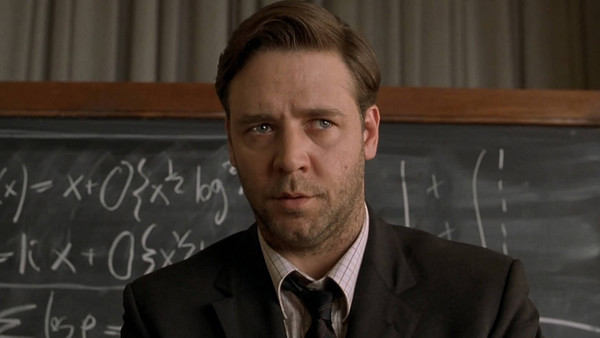10 Simple Questions That Still Totally Baffle Scientists
3. What's Up With Prime Numbers?

You learn all about prime numbers at school, they're numbers that don't have any factors and can only be divided by one and themselves and they are the fundamental building blocks of mathematics. Goldbach's Conjecture says that every even number larger than two can be written as the sum of two prime numbers - that's pretty fundamental. The thing is, for such solid building blocks, it's almost as though they're made of smoke and even the best mathematicians can't seem to get a firm grip. For one thing, they don't seem to follow any kind of discernible pattern, for example, 5 and 7 only have one number between them, but the next prime after 3,137 is not until 3,163 which is then swiftly followed by 3,167 and 3,169.
And then we have the famous Riemann hypothesis, a problem that is so mind-bogglingly unsolvable that the first person to solve it get s a million dollars (no really, it was a challenge set out in the Millennium Prize Problems). It's super-hard maths (evident in the fact that no one has solved it yet) but basically it is based on the observation that for something called the Riemann zeta function, every value that makes it go to zero seems to lie on the exact same line.
This has a lot of important implications for prime numbers because loads of prime number theory ends up having the zeta function in it. So if it's proven true you can use the property to prove things about the primes. Remember, if you want to take a crack at solving it then there's a million dollars in it for you. Answers on the back of a postcard.